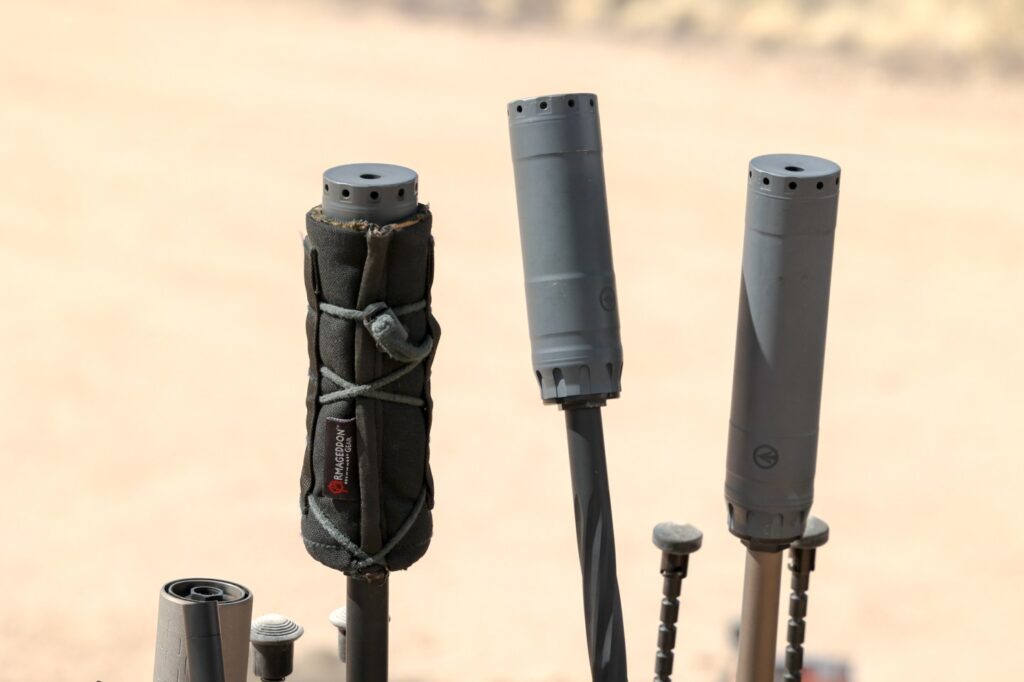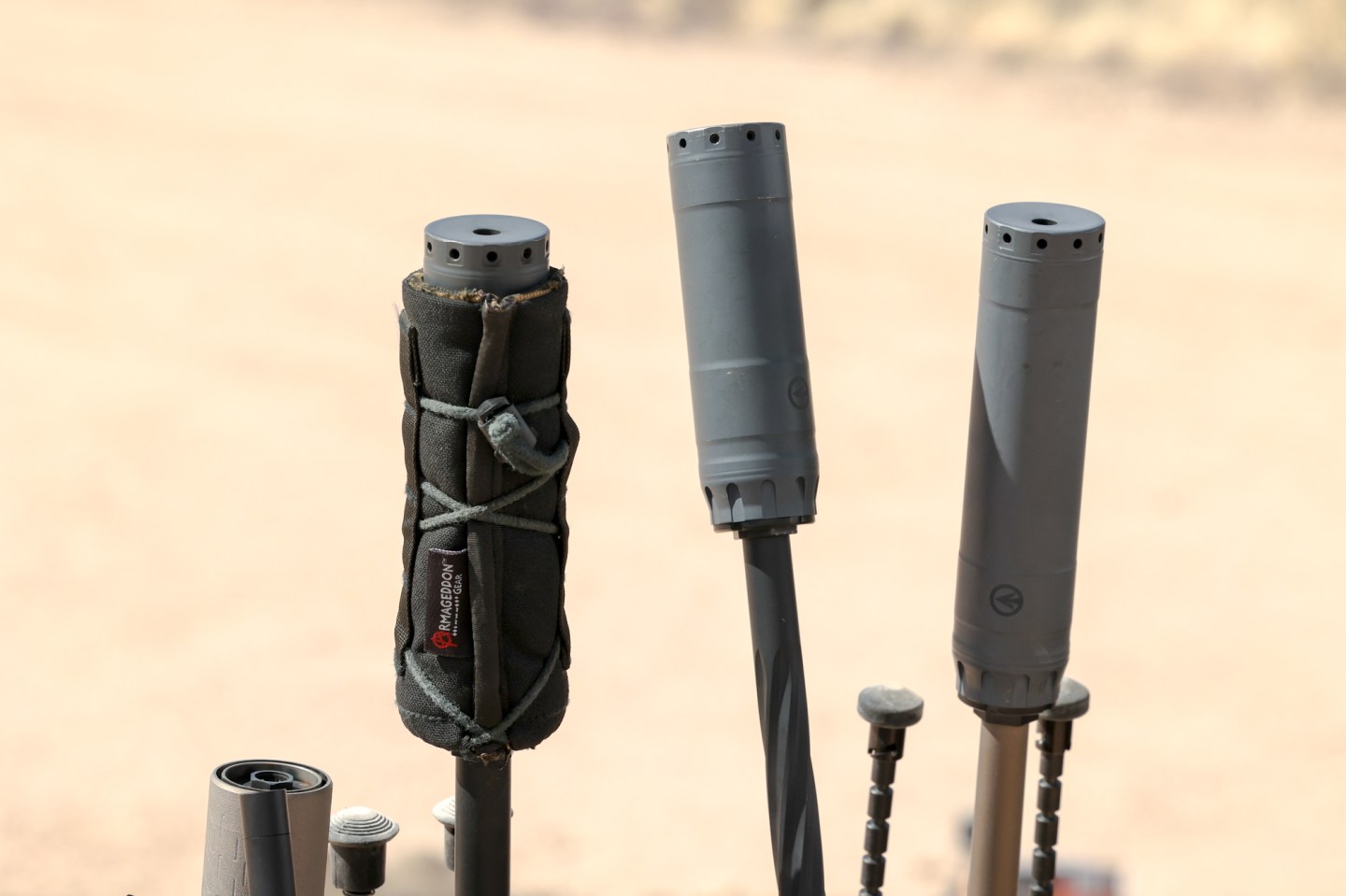
Michigan Suppressor Tax Stamp: Navigating the NFA and Legal Ownership
The process of acquiring a suppressor, also known as a silencer, in Michigan involves navigating federal regulations, specifically those outlined by the National Firearms Act (NFA). While Michigan law permits the ownership of suppressors, prospective owners must comply with the NFA, which includes obtaining a federal tax stamp. This article provides a comprehensive overview of the Michigan suppressor tax stamp, the NFA process, and what you need to know to legally own a suppressor in the state.
Understanding Suppressors and the NFA
A suppressor is a device designed to reduce the sound of a firearm when it is discharged. They are often used for hunting, target shooting, and by law enforcement and military personnel. However, due to their potential for misuse, suppressors are heavily regulated under the NFA, a federal law passed in 1934.
The NFA regulates the manufacture, transfer, and possession of certain firearms and devices, including suppressors, short-barreled rifles, short-barreled shotguns, machine guns, and destructive devices. To legally own an NFA item, individuals must go through a specific application process with the Bureau of Alcohol, Tobacco, Firearms and Explosives (ATF) and pay a transfer tax, which is where the “tax stamp” comes in.
Michigan Law and Suppressors
Michigan law allows for the ownership of suppressors, provided that individuals comply with all federal regulations. There are no specific state laws in Michigan that prohibit the possession or use of suppressors, as long as they are legally obtained and registered under the NFA. This is a crucial point: simply purchasing a suppressor online is insufficient. You must obtain the proper federal approval and tax stamp.
The NFA Application Process for a Michigan Suppressor Tax Stamp
The process of obtaining a Michigan suppressor tax stamp involves several steps:
Step 1: Selecting a Suppressor
The first step is to choose the suppressor you want to purchase. Consider the caliber of your firearms, the intended use (e.g., hunting, target shooting), and the suppressor’s noise reduction rating. Research different brands and models to find one that meets your needs and budget.
Step 2: Finding a Licensed Dealer
You must purchase the suppressor from a licensed dealer who is authorized to sell NFA items. These dealers are often referred to as Class 3 dealers or NFA dealers. In Michigan, there are numerous dealers who can assist you with the purchase and transfer process. They can also provide guidance on completing the necessary paperwork.
Step 3: Completing the ATF Form 4
The most critical step is completing ATF Form 4, Application for Tax Paid Transfer and Registration of Firearm. This form is used to apply for the transfer of the suppressor from the dealer to you. The form requires detailed information about you, the suppressor, and the dealer. It also requires you to state the reason for acquiring the suppressor.
You will need to provide the following information on the Form 4:
- Your name, address, and date of birth
- Your social security number (optional, but can speed up the process)
- A clear photograph
- Fingerprint cards (two sets)
- The serial number, manufacturer, and model of the suppressor
- The dealer’s information
- The reason for acquiring the suppressor (e.g., hunting, target shooting)
Step 4: Getting Fingerprinted
You must submit two sets of fingerprint cards (FBI Form FD-258) with your Form 4 application. You can typically get fingerprinted at your local police department or sheriff’s office. Ensure that the fingerprint cards are properly completed and legible.
Step 5: Notifying Your Chief Law Enforcement Officer (CLEO)
A copy of the Form 4 must be sent to the Chief Law Enforcement Officer (CLEO) in your area. This is typically the chief of police or the sheriff. This notification requirement allows the CLEO to be aware of your application to acquire a suppressor. It’s important to note that the CLEO does not have the authority to approve or deny your application; their role is simply to be notified.
Step 6: Submitting the Application and Payment
Once you have completed the Form 4, obtained your fingerprints, and notified your CLEO, you can submit the application to the ATF. The application must be accompanied by a payment of $200, which is the transfer tax for suppressors. You can pay by check or money order, made payable to the Bureau of Alcohol, Tobacco, Firearms and Explosives.
Mail the completed Form 4, fingerprint cards, photograph, and payment to the ATF at the address specified on the form.
Step 7: Waiting for Approval
After submitting your application, you must wait for the ATF to process it. The processing time can vary, but it typically takes several months to a year. The ATF will conduct a background check and review your application to ensure that you are eligible to own a suppressor. You can check the status of your application online using the ATF’s eForms system.
Step 8: Receiving Your Tax Stamp
If your application is approved, the ATF will send you a tax stamp. This stamp is proof that you have paid the transfer tax and are authorized to possess the suppressor. You must keep the tax stamp in a safe place and be prepared to present it to law enforcement officials upon request.
Step 9: Taking Possession of the Suppressor
Once you have received your tax stamp, you can take possession of the suppressor from the dealer. The dealer will transfer the suppressor to you, and you can then legally own and use it in accordance with federal and state laws.
Using a Trust or Corporation for Suppressor Ownership
Many individuals choose to acquire suppressors through a trust or corporation. This offers several advantages:
- Estate Planning: A trust allows for the smooth transfer of the suppressor to beneficiaries upon your death, without requiring them to go through the NFA application process.
- Shared Ownership: A trust allows multiple individuals to legally possess and use the suppressor.
- Privacy: A trust can provide a degree of privacy, as the suppressor is owned by the trust rather than an individual.
If you choose to use a trust or corporation, you will need to provide the trust or corporation’s information on the Form 4 application. You will also need to provide copies of the trust documents or corporate documents.
Legal Considerations for Suppressor Ownership in Michigan
While Michigan law permits suppressor ownership with federal compliance, it’s essential to be aware of the legal considerations:
- NFA Compliance: You must strictly adhere to all NFA regulations. Failure to do so can result in severe penalties, including fines and imprisonment.
- State Laws: Be aware of any state laws that may restrict the use of suppressors, such as restrictions on hunting with suppressors in certain areas.
- Transportation: When transporting a suppressor, ensure that it is stored securely and unloaded. It is also a good idea to carry a copy of your tax stamp with you.
The Cost of Obtaining a Michigan Suppressor Tax Stamp
The cost of obtaining a Michigan suppressor tax stamp includes:
- Transfer Tax: $200 (paid to the ATF)
- Suppressor Purchase Price: Varies depending on the brand and model
- Fingerprinting Fees: Varies depending on the provider
- Trust or Corporation Setup Fees: If applicable, these fees can range from a few hundred to several thousand dollars.
Conclusion
Obtaining a Michigan suppressor tax stamp requires careful attention to detail and compliance with federal regulations. By understanding the NFA process, completing the necessary paperwork, and adhering to all legal requirements, you can legally own and enjoy the benefits of a suppressor in Michigan. Remember to consult with a qualified NFA dealer and legal professional to ensure that you are in full compliance with all applicable laws.
Navigating the world of NFA items can be complex, but with proper knowledge and preparation, you can successfully acquire a Michigan suppressor tax stamp and legally own a suppressor. Always prioritize safety and compliance with the law to ensure a positive and responsible ownership experience. The Michigan suppressor tax stamp is a necessary step for any Michigan resident looking to legally own a suppressor.
[See also: Understanding NFA Trusts]
[See also: Choosing the Right Suppressor for Your Needs]
[See also: ATF Form 4 Walkthrough]

